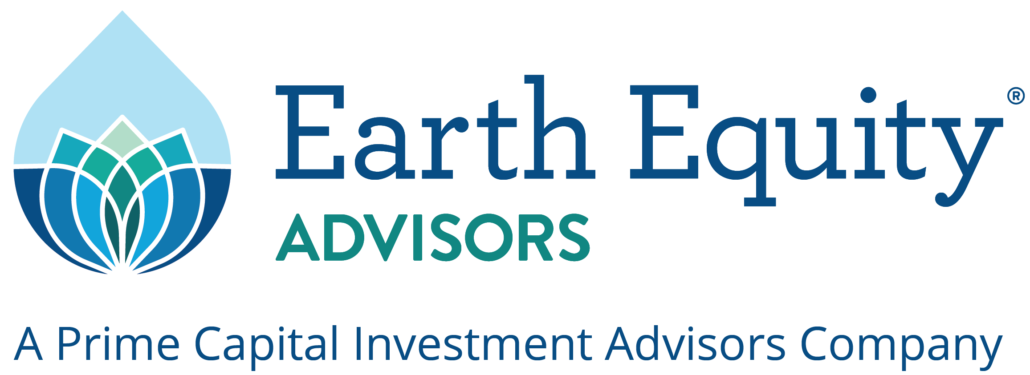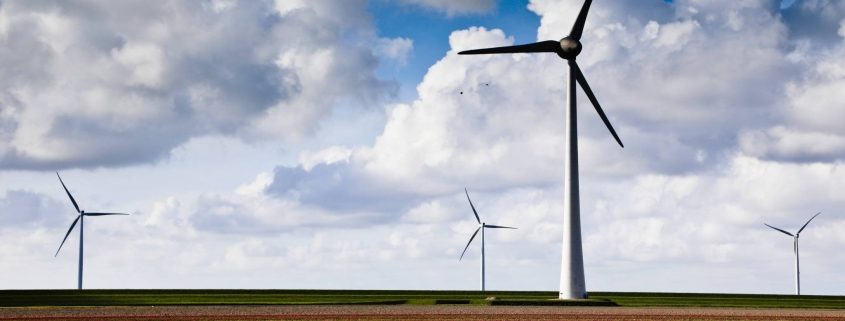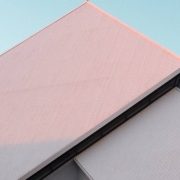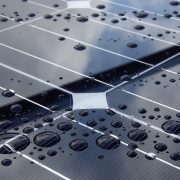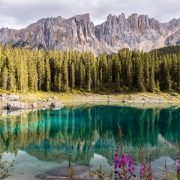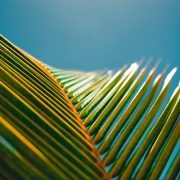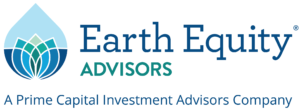Renewable Energy 101: The Power of Wind
As an option for sustainable alternative power resources, wind energy is in the forefront as a viable choice. It is a renewable resource, so the supply will never deplete, and unlike conventional power plants, wind turbines or wind farms produce no pollutants or greenhouse gases.
Wind energy is captured by windmills or wind turbines, which look like large fans with blades that can be as large as a football field. The wind turns the blades, which generates kinetic energy used to turn turbines attached to generators. The generators convert the motion of the turbines into electricity and feed into the power grid.
Small businesses or private residences can also harness wind energy with much smaller turbines connected to the power grid.
If the business or resident uses less energy than the wind turbine produces, it can actually result in credit from the power company.
Because wind energy is a drought resistant crop, farmers and ranchers have been taking advantage of its production as a way to supplement income alongside their planted crops and keep the land their families have worked for generations.
According to the Department of Labor, “wind turbine technician” is the fastest growing job in America.
As of January 2016, wind energy supports 88,000 high-paying American jobs, 21,000 of which are manufacturing.
The initial investment in a wind turbine, while having drastically decreased in the last 10 years, is still significant, with site preparation and installation of the machinery responsible for 80% of the cost. However, on a life-cycle cost basis, wind turbines are much more competitive than other technologies because there is no fuel to purchase and ongoing operating expenses are minimal.
Perhaps the biggest benefit of all is the projected health benefits of wind energy.
According to the Harvard School of Public Health, as of 2015, wind energy produced $7.3 billion a year in public health benefits by cutting pollutants that contributed to asthma attacks and other lung diseases.
Drawbacks, however, include the weather-dependent nature of wind. The wind doesn’t always blow when electricity is needed, and the way the energy is harnessed, there’s currently no way to store power in times of surplus to be used in times of shortfall.
It is also not feasible for the power to be supplied over long distances. Those benefiting from wind farms are limited to the location where the wind blows strongest.
This, however, isn’t necessarily prohibitive, given highly populated coastal communities can benefit from offshore wind farms, like one being built off the coast of Long Island, just recently approved by the Long Island Power Authority in January 2017.
The goal is to add low-carbon energy sources to the power mix by producing 2.4 gigawatts of offshore wind, enough to power 1.25 million homes and add high paying jobs while combating climate change. (Source)
With current estimates putting wind energy potential at ten times greater than the current US electrical consumption, wind energy, in combination with other forms of renewable energy, could be the wave of the future.
PETER KRULL IS A REGISTERED INVESTMENT ADVISER. INFORMATION PRESENTED IS FOR EDUCATONAL PURPOSES ONLY AND DOES NOT INTEND TO MAKE AN OFFER OR SOLICITATION FOR THE SALE OR PURCHASE OF ANY SPECIFIC SECURITIES, INVESTMENTS, OR INVESTMENT STRATEGIES. INVESTMENTS INVOLVE RISK AND UNLESS OTHERWISE STATED, ARE NOT GUARANTEED. BE SURE TO FIRST CONSULT WITH A QUALIFIED FINANCIAL ADVISER AND/OR TAX PROFESSIONAL BEFORE IMPLEMENTING ANY STRATEGY DISCUSSED HEREIN.
